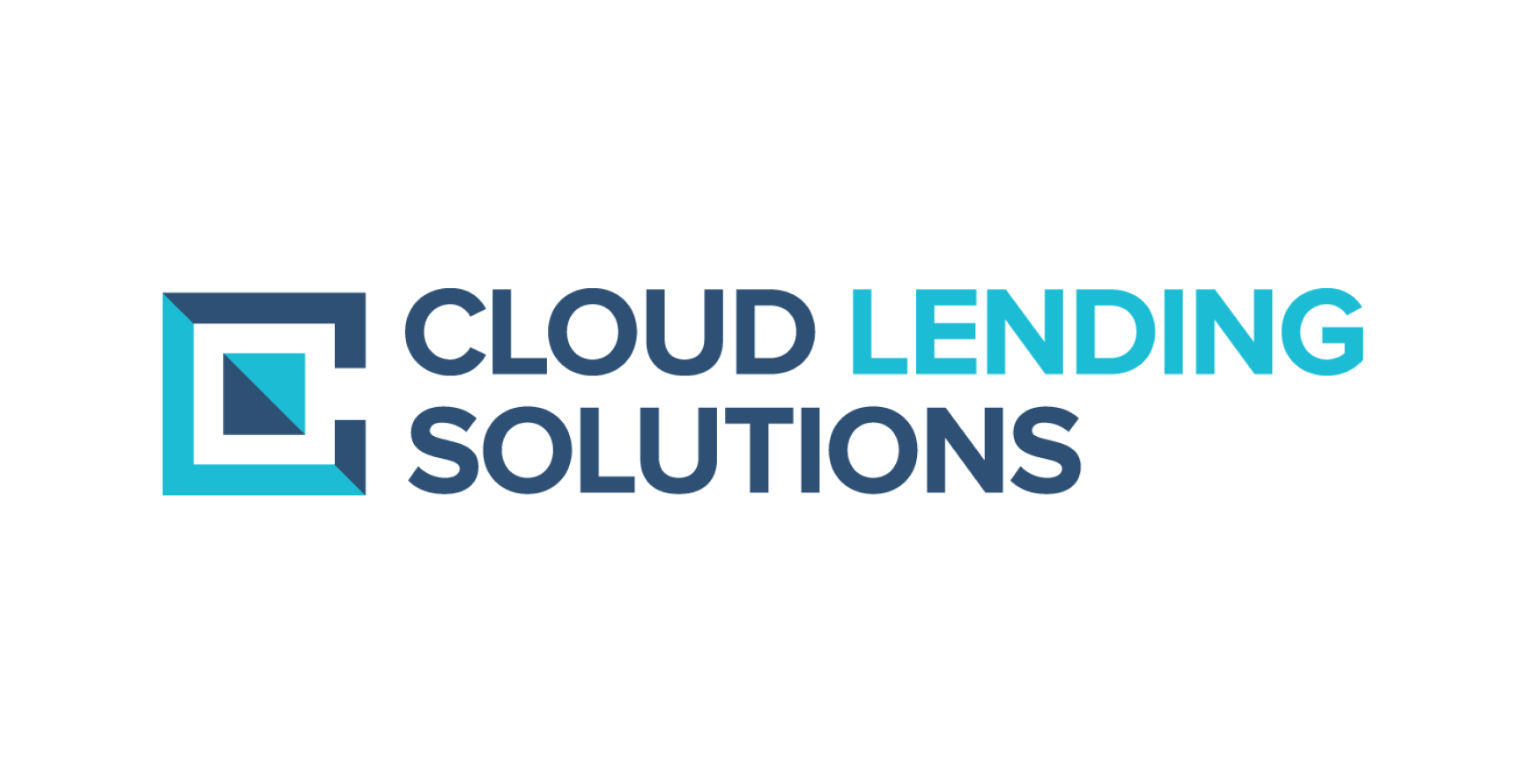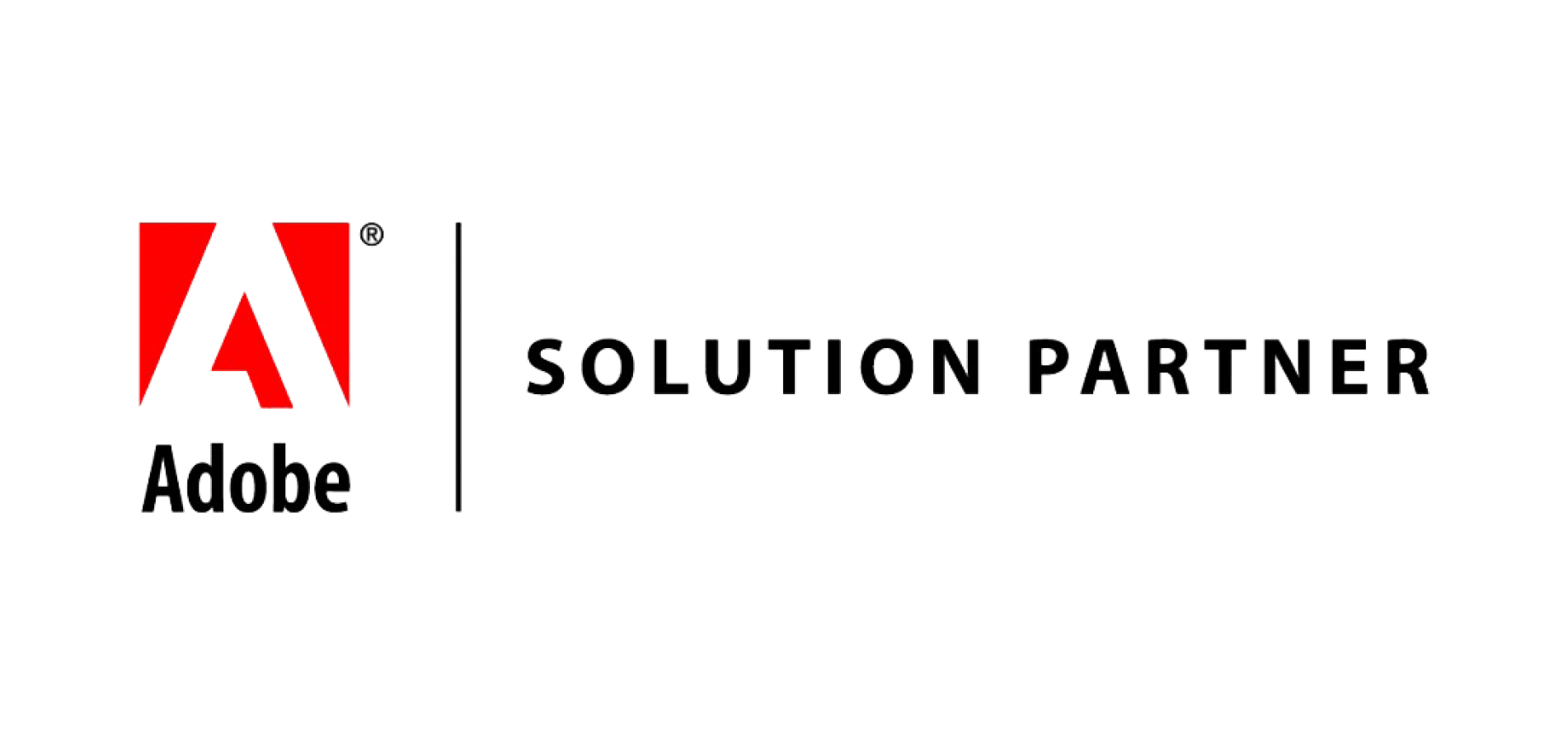Artificial Intelligence, zBlog
Multi-Cloud vs Hybrid Cloud: What’s Right for Your Enterprise in 2026?
trantorindia | Updated: July 21, 2025
Introduction: Choosing the Right Cloud Strategy in a Complex IT World
As cloud adoption accelerates across every industry, the debate between Multi-Cloud vs Hybrid Cloud strategies has moved to the forefront of enterprise IT decision-making. With 92% of enterprises now pursuing some form of cloud computing (Flexera 2025 State of the Cloud Report), organizations are under pressure to not just “go cloud,” but to do so with maximum agility, security, and cost control.
Both Multi-Cloud and Hybrid Cloud architectures offer strategic advantages. However, they are not interchangeable. Each approach represents a distinct strategy with implications for compliance, vendor management, data sovereignty, scalability, and business continuity.
In this comprehensive 2026 guide, we explain the differences between Multi-Cloud vs Hybrid Cloud, explore their benefits and challenges, industry-specific use cases, architectural considerations, implementation strategies, and how to choose the right model for your enterprise. We also include updated industry trends, tools, best practices, and a structured comparison to help you make an informed, future-proof decision.
What Is Multi-Cloud?
Multi-Cloud refers to the use of multiple public cloud services from different vendors (e.g., AWS, Azure, Google Cloud) to meet distinct business or technical requirements. In this setup, applications or services are distributed across multiple cloud providers rather than relying on a single one.
This approach enhances flexibility, vendor diversity, and technological agility. By adopting a Multi-Cloud model, organizations can align the strengths of each cloud provider with specific workloads.
Key Characteristics of Multi-Cloud:
- Multiple public cloud vendors used concurrently
- Redundancy and resilience across clouds
- Workload portability and flexibility
- Optimized regional performance and compliance
Example: A multinational retail firm uses AWS for its e-commerce backend, Microsoft Azure for identity and access management, and Google Cloud for AI-driven analytics.
Curious how businesses manage these environments? Explore our guide on multi-cloud spend management to learn how to track cost efficiency across providers.
What Is Hybrid Cloud?
Hybrid Cloud combines a private cloud (on-premises or hosted) with one or more public cloud services, enabling data and applications to move between them seamlessly. This model emphasizes interoperability, integration, and data sharing between public and private environments.
Hybrid Cloud enables organizations to retain sensitive data in secure, controlled environments while leveraging public cloud scalability and innovation.
Key Characteristics of Hybrid Cloud:
- Integration of public cloud, private cloud, and on-premises infrastructure
- Unified security and identity frameworks
- Ideal for compliance-sensitive workloads
- Flexible workload migration and scaling
Example: A financial institution stores customer transaction data in a private cloud for compliance but uses AWS to run real-time analytics on aggregated data.
Learn more about visibility, control, and integration by reading our articles on managed service provider cloud services and cloud monitoring as a service.
Multi-Cloud vs Hybrid Cloud: Side-by-Side Comparison
Use Cases and Sector Impact
- Retail & eCommerce: Businesses benefit from the flexibility of Multi-Cloud to host scalable storefronts while applying AI tools for personalization. For insights on marketing integration, explore our post on eCommerce & Salesforce Marketing Cloud.
- Healthcare: Hybrid Cloud enables secure storage of patient data on-premise, while analytics and machine learning models operate in the cloud.
- Finance: Multi-Cloud architectures help distribute regulatory workloads across regions and providers, ensuring continuity and compliance.
- Manufacturing: Hybrid models connect edge computing on factory floors to centralized analytics in the cloud, improving operational visibility.
- Digital Services: Startups and digital-native businesses leverage cloud-native architectures across multiple platforms for rapid innovation and deployment.
Benefits of Multi-Cloud Strategy
- Avoid Vendor Lock-In: Diversifying cloud providers reduces dependence on a single vendor and increases negotiation power.
- Compliance Optimization: Organizations can align with regional regulations by selecting data centers in specific geographies.
- Cost Optimization: Enterprises can strategically use pricing variations and discounts across cloud providers.
- Innovation Access: Different cloud vendors excel in different areas—e.g., Azure for DevOps, AWS for serverless, Google Cloud for AI.
- Resilience & DR: In the event of outages, services can fail over to alternate providers.
- Team Autonomy: Departments or business units can select platforms that best suit their needs.
Benefits of Hybrid Cloud Strategy
- Security & Compliance: Data that must remain on-prem (due to legal or compliance reasons) can be integrated with cloud workflows.
- Operational Continuity: Businesses can continue running critical workloads on-premise during cloud outages.
- Legacy Compatibility: Older systems or proprietary infrastructure can coexist with modern cloud solutions.
- Data Locality: Keep data closer to where it is generated or used for performance and privacy.
- Seamless Scalability: Enable cloud bursting during peak demand while retaining baseline operations in-house.
- Improved Governance: Centralized control reduces risk and supports enterprise-wide policies.
When to Choose Multi-Cloud
- You operate in highly competitive, innovation-driven industries
- You need to run specialized workloads (AI, analytics, containers) with best-in-class tools
- You operate across multiple jurisdictions with different data sovereignty laws
- You want cost leverage and vendor bargaining power
- You need high uptime, redundancy, and workload portability
When to Choose Hybrid Cloud
- You handle sensitive or regulated data (finance, healthcare, government)
- You require ultra-low-latency and local compute capabilities
- You’re in the middle of cloud migration and want a phased approach
- You need to maintain mission-critical legacy systems
- Your enterprise values centralized control, governance, and customization
Challenges and Considerations
Multi-Cloud Challenges
- Complex cost tracking and billing across vendors
- Difficulties in achieving consistent security policies
- Cross-cloud identity management and access controls
- Managing multi-cloud networking and data flow
Hybrid Cloud Challenges
- High CAPEX for private infrastructure and maintenance
- Data synchronization and consistency issues
- Managing hybrid integrations and toolsets
- Governance sprawl without proper oversight
Emerging Trends and Future Outlook (2026 and Beyond)
- Multi-Cloud Mesh Architecture: Service mesh technologies are enabling consistent communication, observability, and security across cloud platforms.
- Cloud-Native Application Platforms: Kubernetes-based tools are making it easier to build once, deploy anywhere.
- Cloud FinOps Automation: AI-driven cost analytics tools are becoming standard in managing multi-cloud billing complexity.
- Edge-Hybrid Expansion: Edge devices are being integrated into hybrid frameworks to enable distributed real-time processing.
- Industry-Specific Hybrid Solutions: Vendors now offer compliance-ready blueprints tailored for banking, pharma, and manufacturing.
- Policy-as-Code and Zero Trust: Governance and security policies are increasingly embedded in CI/CD pipelines across hybrid/multi-cloud workflows.
FAQs: Multi-Cloud vs Hybrid Cloud
Q: Can a company use both strategies?
Yes. Enterprises often combine strategies for different business units or workloads.
Q: Which model is more secure?
Hybrid Cloud offers stronger control for sensitive workloads, but Multi-Cloud can match it with proper configuration.
Q: Is migration easier with one approach?
Hybrid Cloud allows for gradual migration. Multi-Cloud can be faster but may require refactoring.
Q: What tools help manage Multi-Cloud or Hybrid Cloud?
Platforms like Anthos, Azure Arc, HashiCorp Terraform, and VMware Tanzu provide orchestration, monitoring, and compliance enforcement.
Conclusion: How Trantor Helps You Choose the Right Cloud Strategy
Choosing between Multi-Cloud vs Hybrid Cloud is not a binary decision. It requires an understanding of your enterprise goals, regulatory landscape, technical debt, workload types, and innovation appetite. In 2026 and beyond, the winning strategies will prioritize agility, security, governance, and data-driven decision-making.
At Trantor Inc., we help enterprises architect, implement, and optimize cloud strategies tailored to their domain, data sensitivity, and digital maturity. Whether you need Cloud Infrastructure Services, hybrid orchestration, or secure data governance frameworks, our experts deliver scalable solutions that evolve with your business.
Let us help you build the cloud strategy that drives growth, innovation, and resilience. Talk to Trantor



